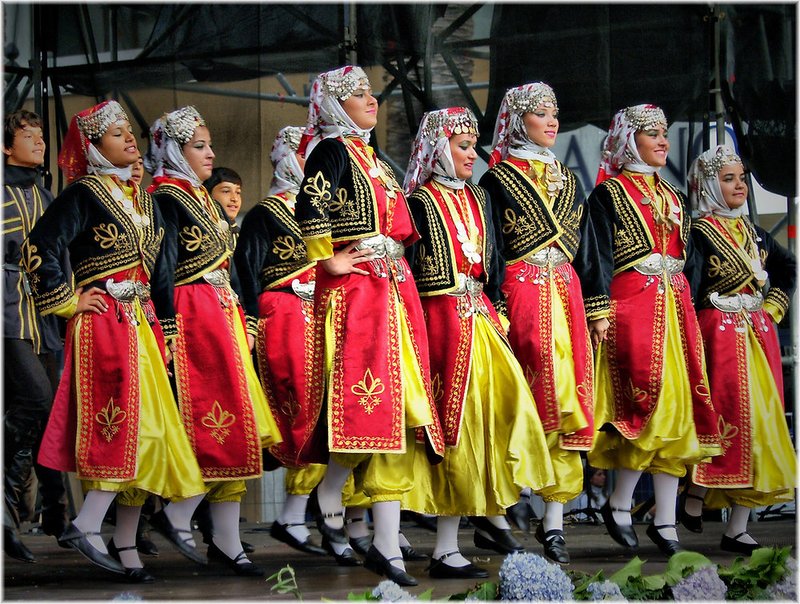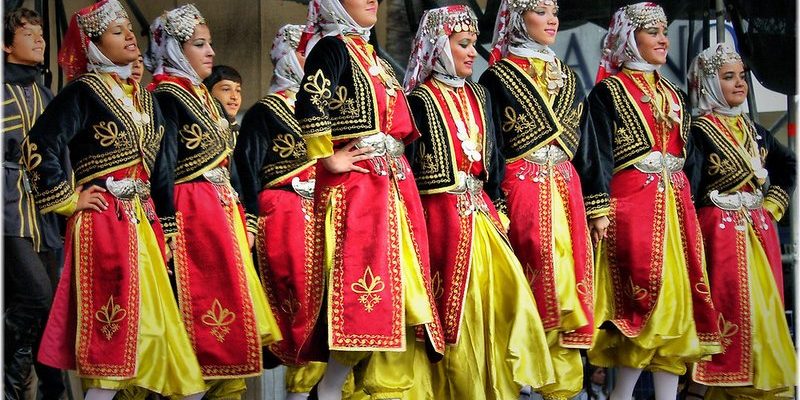
Let’s dive into the fascinating world of turkeys and explore how they’ve woven themselves into the fabric of local cultures around the globe. Whether it’s their role in Native American traditions or their fun appearances in popular celebrations, these birds have a lot to say. You might even find some surprising connections to folklore and spiritual practices you never knew existed!
The Turkey in Native American Culture
Turkeys have long been significant in Native American culture, where they symbolize abundance and community. Different tribes across North America regard turkeys as important elements in their rituals and storytelling. For example, among the Wampanoag, who famously shared the first Thanksgiving with the Pilgrims, the turkey was seen as a source of nourishment and thanks. They believed that the turkey’s sacrifice was a way to give back to the earth for its bounty.
Moreover, in some tribes, the turkey is connected to the Earth Mother, symbolizing the fertility of the land. They often feature in folklore, where tales illustrate the bird’s cleverness or its helpful nature. Picture a story where a turkey outsmarts a hunter, saving its flock and teaching the importance of teamwork and clever thinking. These narratives bring the turkey to life, marking it as a figure of wisdom and survival.
Turkey Dances and Ceremonies
In various Native American tribes, turkey dances are performed during harvest season and other celebrations. These dances reflect gratitude for the land and the animals that provide sustenance. The movements mimic the turkey’s strut, emphasizing grace and connection to nature. Families come together, celebrating the turkey not just as food, but as a symbol of prosperity and togetherness.
This connection to community highlights how food traditions can bind us together. It’s much like how a well-cooked turkey can gather your family around the dinner table. In these dances, the spirit of the turkey is honored, reminding everyone of their roots and the importance of giving thanks.
Turkeys in European Folklore
Moving across the ocean, we find that turkeys pop up in various tales from Europe too. In some cultures, these birds are seen as symbols of luck and fertility. Let’s take a look at one example: the British tradition of using a turkey as a good luck charm during New Year’s celebrations. Some folks believe that having a turkey on the table can bring prosperity for the year ahead, much like how a traditional Christmas turkey symbolizes abundance and family gathering.
You might be wondering about the connection between turkeys and fortune. Well, in folklore, many animals are seen as bearers of luck. For instance, finding a feather is sometimes thought to be a sign of good things to come. Similarly, a turkey in the home during festive times is believed to attract prosperity and happiness.
Symbolism of the Turkey
In many cultural tales, the turkey symbolizes patience and perseverance. This idea comes from how the turkey survives in the wild, facing challenges like predators and harsh weather. Stories often depict turkeys as characters that symbolize the rewards of hard work and resilience. They remind us, through their struggles and adventures, that the journey is as significant as the destination.
In essence, these narratives instill values that resonate across generations, teaching us about the virtues of patience and endurance. So, when you see a turkey next time, remember that it carries stories of struggle and triumph—much like ourselves.
The Turkey and Harvest Festivals
Let’s talk about how turkeys play a central role in harvest festivals. Almost every culture celebrates harvest time, and turkeys are often featured in these events as symbols of gratitude. For instance, in Mexico, the turkey is a star of the Día de Muertos (Day of the Dead) celebrations, where families gather to honor their ancestors with offerings that include various foods, including turkey dishes.
In this context, the turkey transcends its role as simply food and takes on deeper meanings, fostering connections between family members—both living and departed. It becomes a centerpiece celebrating life, memory, and the cyclical nature of existence. The preparation of the turkey involves traditional techniques passed down through generations, emphasizing the importance of cultural heritage.
Food Traditions and Thanksgiving
Of course, we can’t discuss turkeys without mentioning Thanksgiving! In the United States, this feast originated from a blend of Native American and European traditions. The turkey became the main dish, symbolizing abundance and gratitude. The act of gathering around a turkey-filled table is more than just a meal; it’s a chance to reflect on personal blessings and share stories with loved ones.
Many families have their own traditions when it comes to preparing the turkey. Some might brine it overnight, while others prefer the classic roast with traditional sides. Whatever the method, the turkey stands as a symbol of home, comfort, and connection, creating lasting memories year after year.
Modern Cultural Representations of the Turkey
In popular culture, the turkey is often portrayed in a light-hearted, humorous manner. Thanksgiving cartoons and movies frequently showcase turkeys as comical characters, emphasizing their quirky nature. Think of films like “Free Birds,” where turkeys embark on wild adventures. These portrayals highlight the turkey’s personality, making it relatable and entertaining for audiences.
Moreover, social media has embraced the turkey in creative ways, featuring memes and funny posts that celebrate the holiday spirit. This modern representation allows younger generations to connect with the turkey’s cultural significance while enjoying its quirky side. It’s a delightful blend of tradition and contemporary humor.
The Turkey as a Cultural Ambassador
In many ways, the turkey serves as a cultural ambassador, bridging gaps between various traditions and stories. It brings people together, fostering discussions about history, heritage, and the values that matter most—like gratitude, family, and the joys of shared meals.
You might notice that, in each of these cultures, no matter how different they are, the turkey remains a symbol of unity. It encourages us to celebrate our differences while recognizing common threads that tie us all together.
The turkey plays a multifaceted role in local cultures and folklore that extends well beyond the dinner table. From its place in Native American traditions to its humorous appearances in modern media, the turkey is a symbol of abundance, unity, and celebration. It teaches us valuable lessons about gratitude, resilience, and the importance of community.
Next time you think of a turkey, remember it as more than just a meal. It’s a rich tapestry of stories, beliefs, and connections that span generations and cultures. So whether you enjoy turkey on Thanksgiving or laugh at its quirky cartoon antics, you’re part of a much larger narrative—one that celebrates life, love, and the bond we share as human beings.

